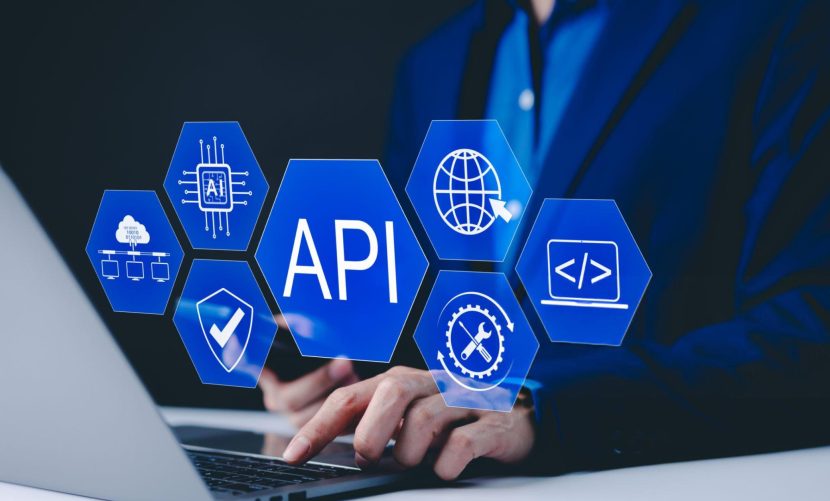Imagine you’re in a restaurant. You sit down, look at the menu, and tell the waiter what you want. The waiter takes your order to the kitchen and brings back your food. In this little story:
- You are the app (like your phone or a website).
- The kitchen is another app or service that does the work.
- The waiter is the API.
An API (Application Programming Interface) is like that waiter—it carries messages between apps, so they can work together without you ever needing to know what’s happening behind the scenes.
Real-Life Example: Ordering Food with an API
Let’s say you’re using the Zomato app to order a burger. You scroll, pick your food, and tap “Order Now.” The app then uses an API to talk to the restaurant’s system. The restaurant gets your order, cooks the food, and sends it out. Zomato doesn’t cook the food—it just uses the API to make it happen.
Another Simple Example: Weather Apps
You check the weather on your phone. But your phone isn’t a tiny weather station—it asks a weather service (like Weather.com) for the forecast using an API. That service responds with the temperature, which your app displays for you. Easy!
How APIs Work (Without the Jargon)
APIs work by sending requests—like saying, “Hey, I want a pizza!”—and receiving responses, such as, “Here’s your pepperoni pizza!” They hide all the behind-the-scenes complexity, so you don’t need to know how the pizza was made. Just like plugging in a charger without understanding electricity, APIs let apps communicate and function without requiring users to see or understand what’s happening in the background.
Why APIs Matter
APIs matter because they allow apps to talk to each other—for example, Instagram uses APIs to access your phone’s camera. They also save developers time by letting them connect to existing tools instead of building everything from scratch. Most importantly, APIs keep everything organized by enforcing rules, ensuring apps work smoothly without conflicts or crashes.
Where You See APIs Every Day
- Signing in to websites using Google or Facebook login
- Paying online via UPI or PayPal
- Getting live train times on IRCTC or travel apps
- Booking rides on Uber
- Watching videos from YouTube inside other apps
For the Curious: A Peek Behind the Curtain
If you’re a bit more technical, an API is a set of rules and tools that lets one program “call” another. It usually involves URLs, parameters, and responses written in formats like JSON. But don’t worry—you don’t need to code to use them. You use them every time you open an app.
🔗 Related Links
- How the Internet Really Works: A Beginner’s Guide
- What Is a Browser? And Why Chrome Isn’t Your Only Option
- What Is a Domain Name and How Do Websites Work
Final Takeaway
An API is like a helpful messenger that lets apps talk to each other. It’s invisible, but it powers almost everything you do online—like ordering food, checking weather, or logging into websites. You don’t need to understand the code, just know that APIs make your digital life easier!




